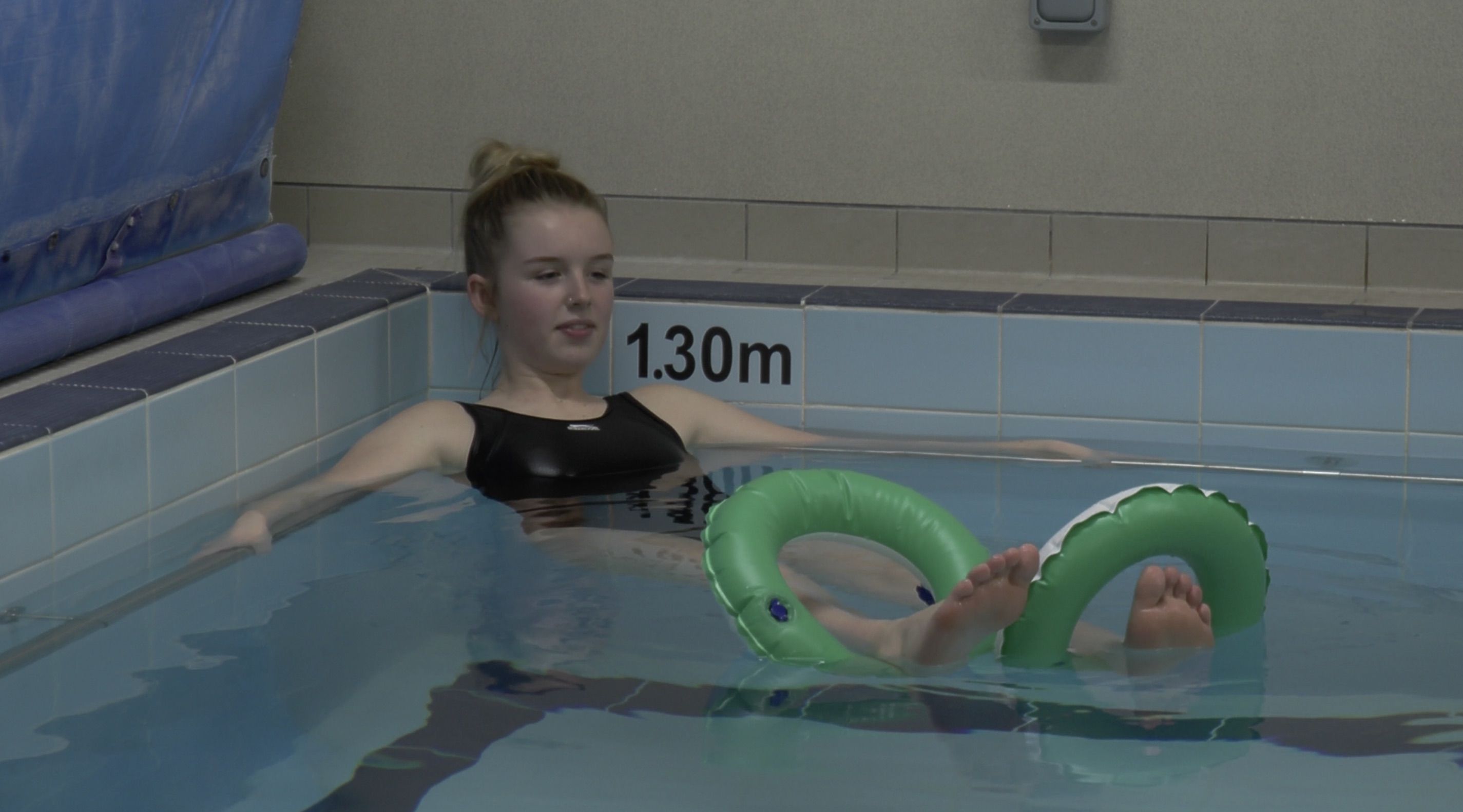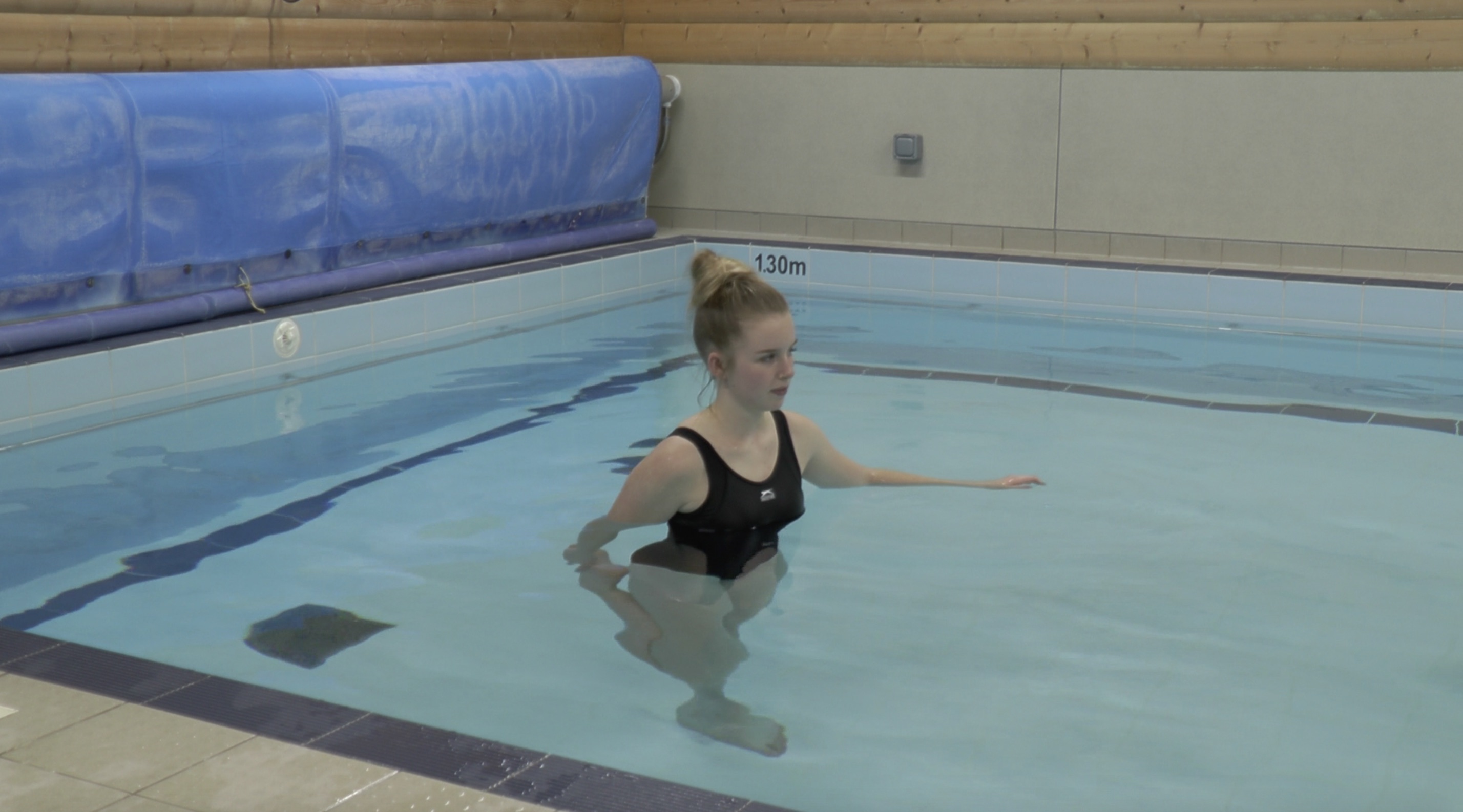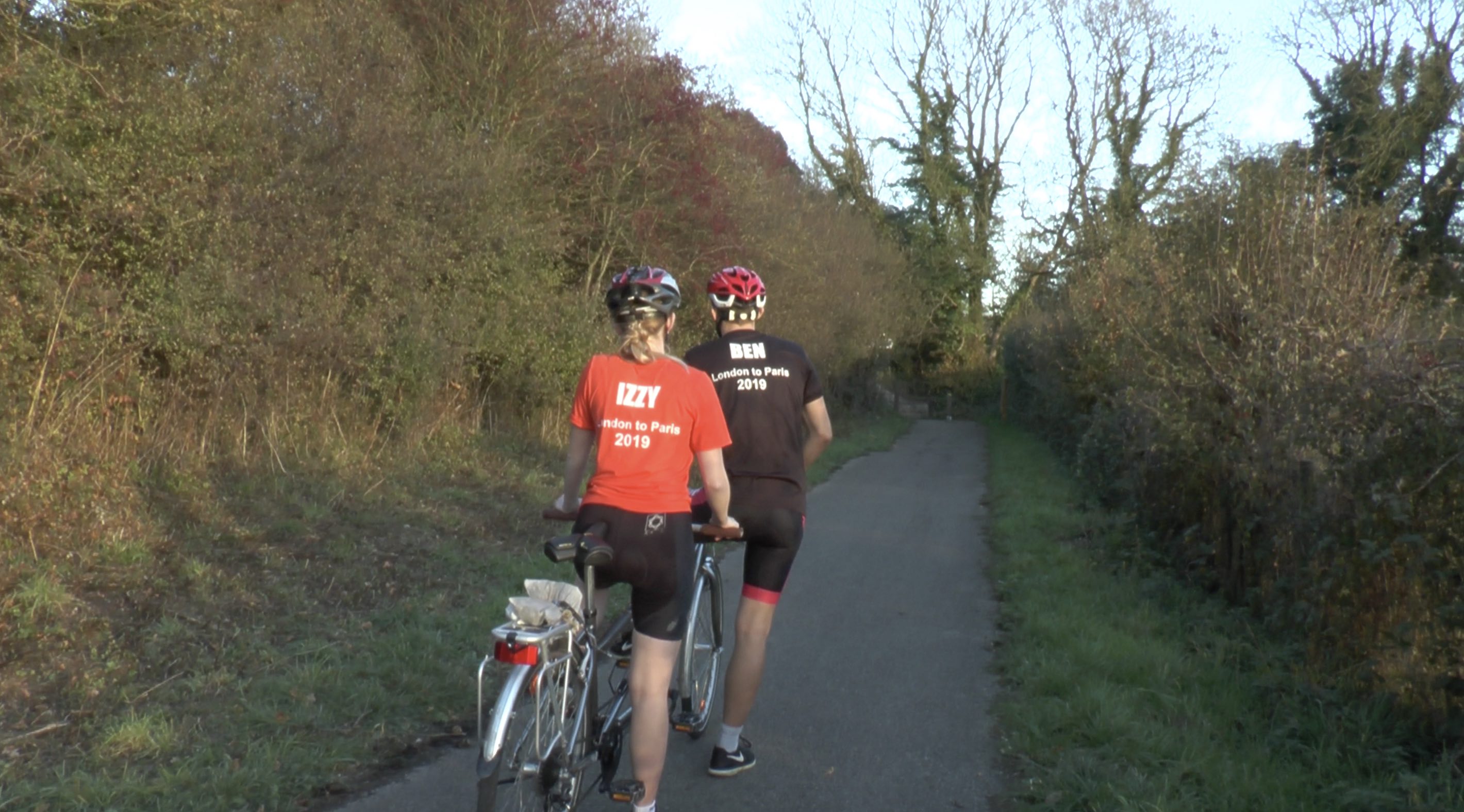Imagine waking up every single morning in constant, debilitating pain, fatigued and struggling to do simple things like riding a bike or even singing. Now imagine all of this was going on but you look completely fine on the outside, just like every other person and because of this no-one believed that you were suffering.
This is what life is like for Amie Day and Isabelle Book (Izzy) who suffer from the chronic pain conditions, Fibromyalgia and Complex Regional Pain Syndrome (CRPS) respectively.
Fibromyalgia is a long-term condition that causes widespread pain all across the body. Sufferers can also experience extreme fatigue, muscle stiffness problems with thinking clearly alongside numerous other symptoms. There are no external signs or symptoms of fibromyalgia, so Amie often has to deal with people doubting her condition.
“A lot of the time, I feel quite ashamed of my condition. When people ask what’s wrong with you and I have to say I have fibromyalgia, I feel like there’s this sense that they’re immediately rolling their eyes and saying ‘oh she’s one of those fake people who don’t really have anything wrong with them’.”
Amie described her pain on a day-to day basis,
“My hands feel really stiff and swollen, but in my shoulders it feels as if I have fire ants under my skin, almost like an electrical pain. My hips when I’m walking feel like they’ve got tiny sharp knives in them.”
CRPS differs from fibromyalgia in that although the pain is still constant and life-limiting, it is just confined to one area or limb. Affected areas can become swollen, stiff or undergo changes in colour or temperature.
In March 2017, Izzy had a fall on a staircase, her feet gave way and she landed on her coccyx. Therefore, all of Izzy’s pain is in her legs and her back,
“I get burning pain in the soles of my feet and a lot of heaviness in my legs. In my back it’s like a sharp stabbing pain in my coccyx.”
Hydrotherapy is one method of pain relief for chronic pain sufferers. The pool is usually around 35 degrees which helps ease the muscles and improve mobility. Doing a set programme of exercises in the water helps to improve the range of motion with the lowest impact on the body. The ripples of the water can also help to ease allodynia, a symptom where sufferers experience pain from non-painful stimuli. Izzy gets allodynia in her legs, so the ripples of the water help ease the painful tingling sensation on the surface of her legs.


Lack of clear diagnostic guidelines
Alongside the frustration that comes from having an ‘invisible illness’ , one issue surrounding chronic pain conditions, particularly fibromyalgia, is the lack of clear, definitive diagnostic criteria when diagnosing it.
If you have a broken bone, you can prove this by having an X-ray, sadly for chronic pain sufferers, they don’t have that concrete medical proof.
When diagnosing fibromyalgia, a rhuematologist may diagnose by pressing certain points of the body to see if they feel tender. If you have either severe pain in three to six different areas of your body or you have milder pain in seven or more different areas and your symptoms have stayed at a similar level for at least three months, then you may have fibromyalgia.
Pain physiotherapist Richmond Stace argues that this vague set of criteria can lead to many people mis-diagnosing themselves with the condition.
“The issue is, you can have a lot of these points as being tender and not have fibromyalgia. A lot of people are tense along the shoulders and in the base of the neck, and if you poke them hard enough it’s going to hurt. A lot of the symptoms of the flu are very similar to those of fibromyalgia but the difference is, flu symptoms will come and go whereas fibromyalgia symptoms are constant.”
CRPS can be diagnosed using the Budapest Criteria are a set of criteria, it includes sensory signs and symptoms and things like swelling and appearance changes. However, the issue is that a lot of people haven’t heard of the criteria and that includes clinicians in healthcare, so it can be missed.
And that’s where the issue lies because early diagnosis is important for treatment. Izzy had CRPS symptoms for over a year before she was formally diagnosed. Due to the lack of awareness surrounding CRPS, even trusted medical professionals didn’t understand the complexities of the condition.
“I went to the doctors and said that I was struggling with my mental health. The doctor asked if I had tried exercising as he said I was in need of the serotonin boost. I told him that I couldn’t exercise because it hurt and he just replied ‘well can’t you push through the pain?’
“That was a massive kick in the teeth, because they’re medical professionals, they’re supposed to be the ones to help me. Instead it just made me think, wow you really don’t understand this condition do you?”
Izzy experienced another similar incident at school:
Breaking boundaries
Despite living with these chronic pain conditions, Izzy and Amie still take part in physical activities on a regular basis. Amie is part of the Funky Little Choir in Southbourne. She attends a weekly choir practice.

Living with chronic pain conditions can be very isolating as Amie doesn’t know what level of pain or exhaustion she is going to face the next day, so the choir provides a welcome break from the all-consuming nature of her condition.
“Singing with the choir is really good for me because it gets me out of the house and I have a lot of friends there so it stops me from being isolated at home. The blend of sounds is really therapeutic, it really uplifts me and it’s really good for the soul.”
Every year since Izzy was nine years old she has carried out a fundraising event on her bike, but since her CRPS diagnosis, she had to put that on hold to look after herself. However, it got to the point where Izzy needed a goal and something to focus on, so this year she is cycling from London to Paris on a tandem bike with her boyfriend Ben to raise money for multiple charities including CRPS UK.

“It’s really good for me because it forces me to go out and be active. It also gives Ben and I the freedom back that we lost as well, because the main problem that we had with my diagnosis is that before that, we were very active together so it was hard to adjust initially and find things that we could do.”
Due to many cases being undiagnosed or even misdiagnosed, it is difficult to know just how prevalent these conditions are in society. But even without a medical diagnosis, the stigma surrounding invisible disabilities still remains.
So next time you see someone that you wouldn’t stereotypically see, parking in a disabled space or using a walking stick, stop to consider what they’re going through that you might not be able to see.
Chronic Pain Tweets
Because of the difficulty surrounding identifying the prevalence of these conditions, social media is often used to raise awareness of all chronic pain conditions including Fibromyalgia and CRPS. Fibromyalgia UK recently started a campaign #BecomeFibroAware to spread the message about fibromyalgia and allow sufferers to share their stories. November was also CRPS awareness month so users changed their profile pictures to pictures of an orange ribbon which is the CRPS colour, they also used hashtags such as #NERVEmber and #CRPSAwarenessMonth.
#becomefibroaware hashtag on Twitter
See Tweets about #becomefibroaware on Twitter. See what people are saying and join the conversation.
#crps hashtag on Twitter
See Tweets about #crps on Twitter. See what people are saying and join the conversation.

 Bournemouth Manager Eddie Howe looking upwards ahead of Leicester clash
Bournemouth Manager Eddie Howe looking upwards ahead of Leicester clash